‘The real Cyprus? That was built by the hands of its people, not its elite’
They go from Kolossi to Aphrodite’s Rock, the House of Dionysus to The Tombs of the Kings.
There are oohs and ahhs. A few quick snaps for the relatives – or for Instagram, depending on age. Then it’s back onto the bus, onward to the next site.
And that’s Cyprus’ typical tourist trip: monument to monument, heritage and history writ in stone.
But is culture just the stuff that stands still? Could the true heritage of Cyprus actually be about what moves, what’s made, and the knowledge that’s passed from generation to generation?
“Heritage isn’t something we just look at,” says Christina Skarpari. “It’s something we do. It’s not preserved by politicians or protected by policy. Real heritage survives because people keep practising it – because hands keep weaving, carving and creating. And when those hands stop, heritage doesn’t just fade. It’s erased.”
An artist, curator and cultural activist who founded the Xarkis Festival, Christina has spent over a decade using art as a tool for community and change. Currently pursuing a PhD at Central Saint Martins, she has a background in film, photography and anthropology. And she’s studied these crafts – not just as an observer, but by immersing herself in them, learning their techniques, and working alongside the artisans who keep them alive.
For her, heritage and identity are not frozen in time – they’re also lived.
“Our people who, for millennia, have been practising these crafts are now passing away. And no-one is taking their place.”
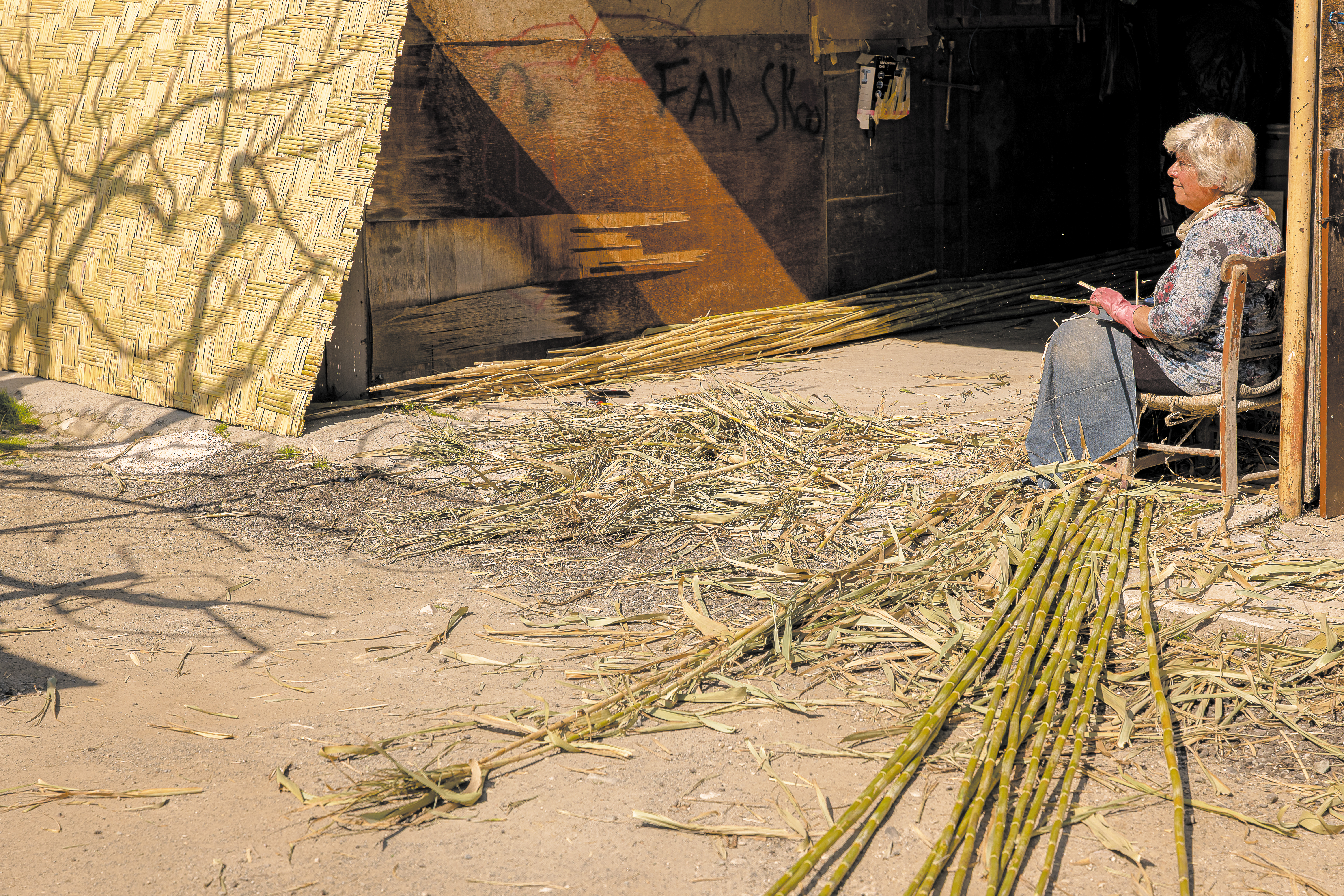
Cyprus’ true identity was not forged in the palaces of rulers or the castles of conquerors, she notes.
“Those were the places that belonged, in the main, to outsiders: they came, they ruled, they left. Instead, our real heritage, our Cypriot culture, was in the humble workshops of its artisans. The potters of Kornos, whose hands shaped red clay into the amphorae that stored our olive oil and wine. The reed weavers of Livadia, braiding the mats and fencing we once used every day from psatharka cane.
“The real Cyprus?” she asks. “That was built by the hands of its people, not its elite.”
It’s exactly this that Christina is highlighting in her current exhibition, Sympraxis. Over the past decade, she’s embedded herself in Cyprus’ craft communities – listening, documenting, building trust; engaging in collaborative encounters and hands-on experimentation to truly understand the artisans’ world.
And now, through film and photography, she’s bringing their stories to light, offering a rare glimpse into a heritage that’s vanishing before our eyes…
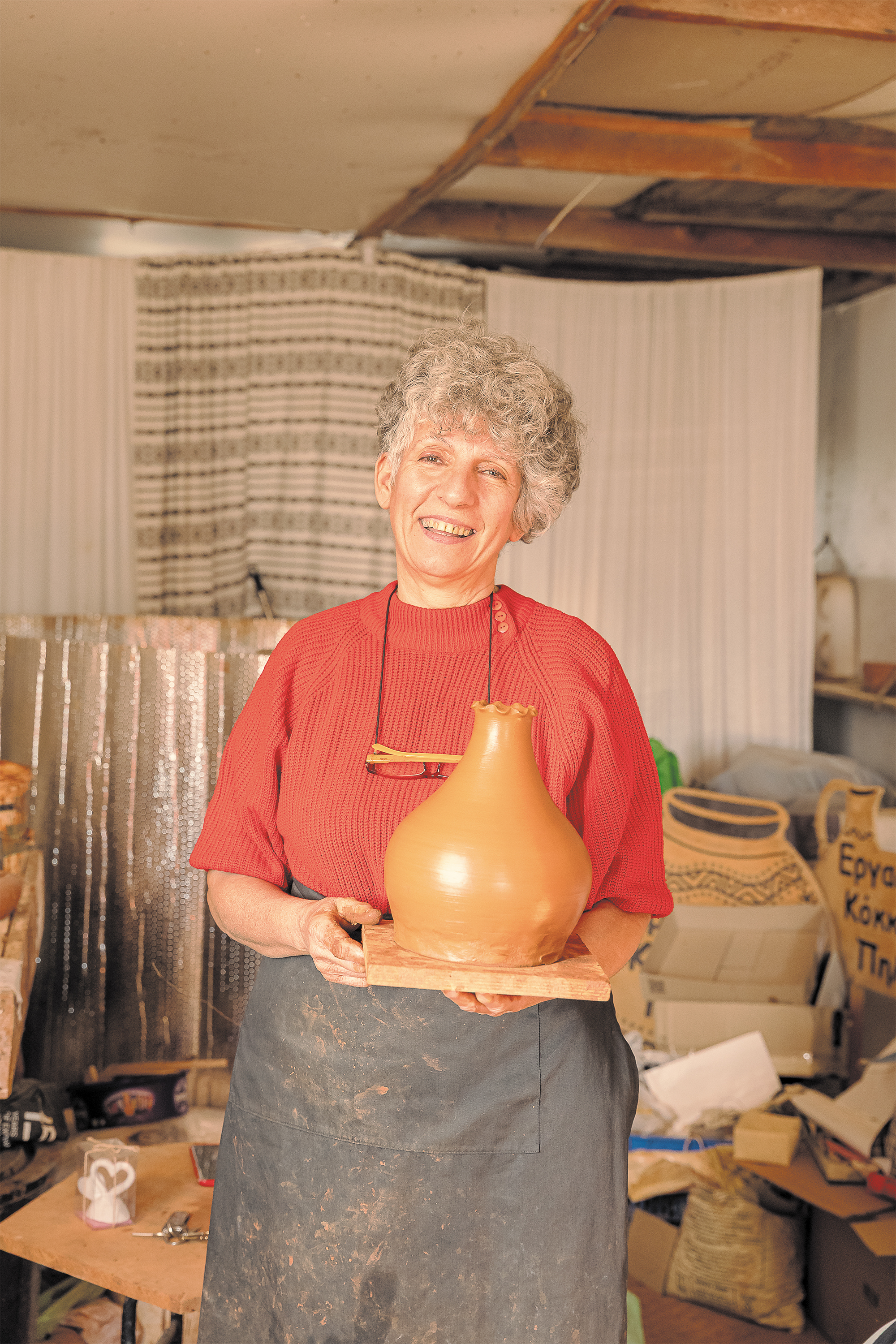
“Sympraxis isn’t just about recording history,” she reveals. “It’s about giving these artisans visibility, highlighting their struggles and pushing for real support before their crafts disappear entirely.”
Christina mentions Lefkara; the lace-making and silversmithing that have survived largely due to tourism and international recognition: promoted and preserved. But what about the others?
“Countless other crafts, from pottery in Kornos to reed weaving in Livadia, remain on the margins, undervalued and at risk of vanishing simply because they don’t fit the mainstream narrative. Heritage shouldn’t be about what sells. It should be about what survives.”
She’s right. Although the crafts Christina has spent years documenting are not yet gone, they are vanishing – disappearing not because they lack value, she suggests, but because they’re deprived of visibility, respect and financial support.
“In Cyprus, heritage is often treated as something to be looked at, not lived. Funding goes into preserving ruins, restoring churches and protecting archaeological sites. And yet, the artisans who have inherited centuries-old skills – who quite literally hold Cyprus’ history in their hands – receive little to no support.”
Christina notes that while institutions may recognise heritage on a policy level, the reality on the ground is very different.
“Recently, I asked the artisans I work with what they knew about Unesco. Most had no idea,” she says. “There’s a gap. Institutional frameworks are completely detached from the lives of these people.”
This disconnect matters. While authorities often focus on protecting tangible heritage – monuments, historic sites –intangible heritage sometimes falls through the cracks. And this is compounded when craft communities themselves have no idea that support exists.
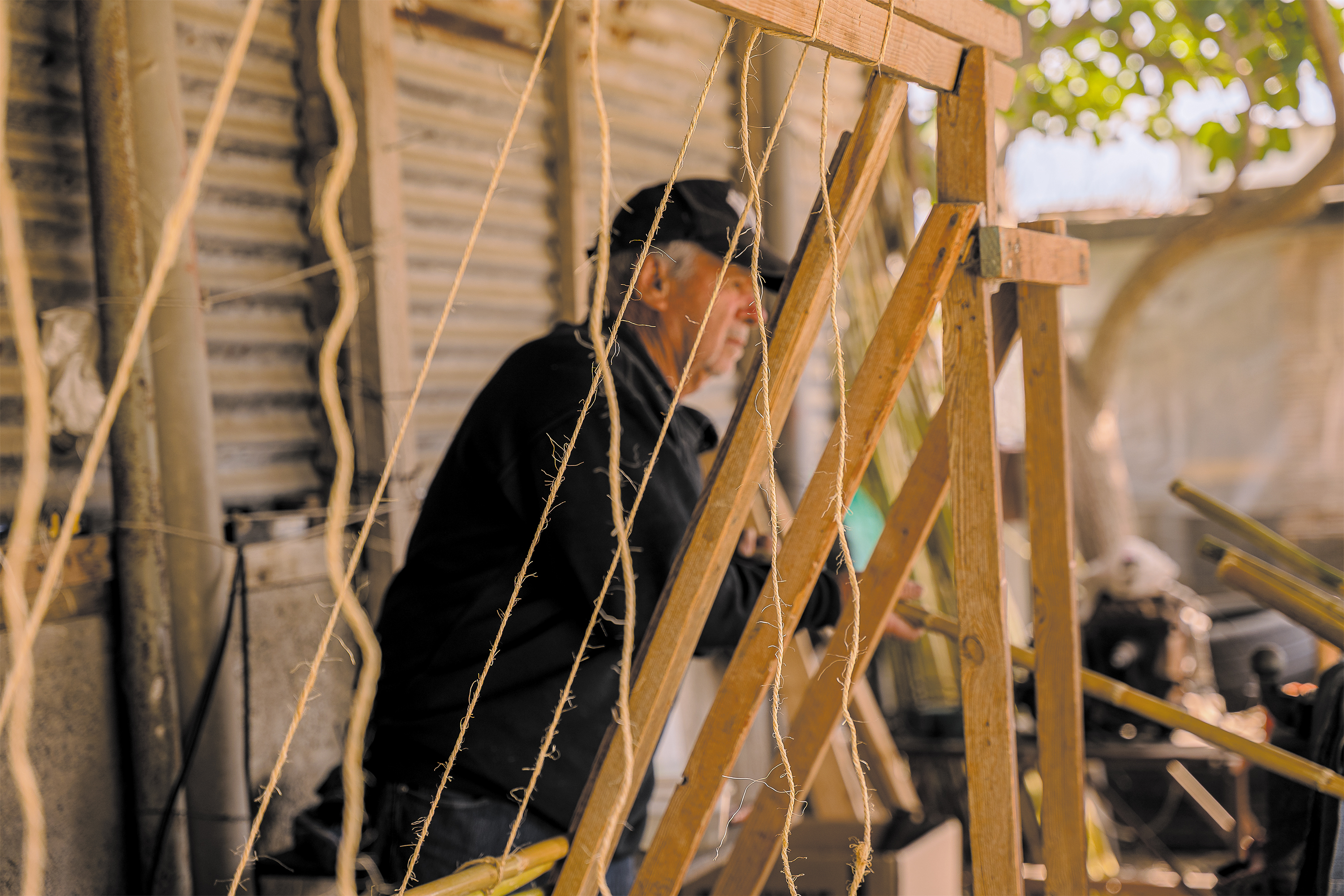
“Even if they did, would it be enough?” Christina asks. “The artisans I work with aren’t just struggling for recognition. They’re struggling physically: many are ageing, about to retire. Their crafts take a huge toll on the body.
“At the same time, we need to consider the financial side,” she adds. “In Cyprus, there’s simply no money in these crafts. Young people are already struggling to make ends meet. How can they afford to spend years mastering a trade that offers little financial security?”
Without support, the crafts that sustained whole communities for millennia won’t just fade – they’ll vanish with the last generation still practising them.
“And that generation is here,” Christina warns. “It’s now. The elderly artisans are ready to pass on their knowledge. But there’s no one to receive it. And no support to make it possible.”
It’s this glaring gap – between institutions and artisans, between official recognition and lived experience – that Sympraxis hopes to bridge.
“The exhibition isn’t just about documentation, it’s about empowerment,” Christina explains. “We need to recognise the value of these crafts, support the artisans, and create real opportunities before time runs out. In some cases, we may have five years before these crafts disappear entirely.”

For Christina, the goal is action.
“Sympraxis is an invitation to rethink how we approach heritage, to move beyond monuments and museums and start valuing the people who make culture, not just those who record it.
“It would be great to work with the authorities,” she says. “This is of national interest. Because once these crafts are gone, they’re gone. And when that happens, Cyprus won’t just lose a few artisanal skills. It will lose a huge part of its identity.”
Sympraxis
March 29 to April 26, at Nicosia’s Sic. Contemporary Culture. For more information, visit the Facebook page ‘Christina Skarpari: Sympraxis’If you know of other endangered crafts or have ideas on how to support their survival, please reach out to Christina and be part of the conversation at [email protected]


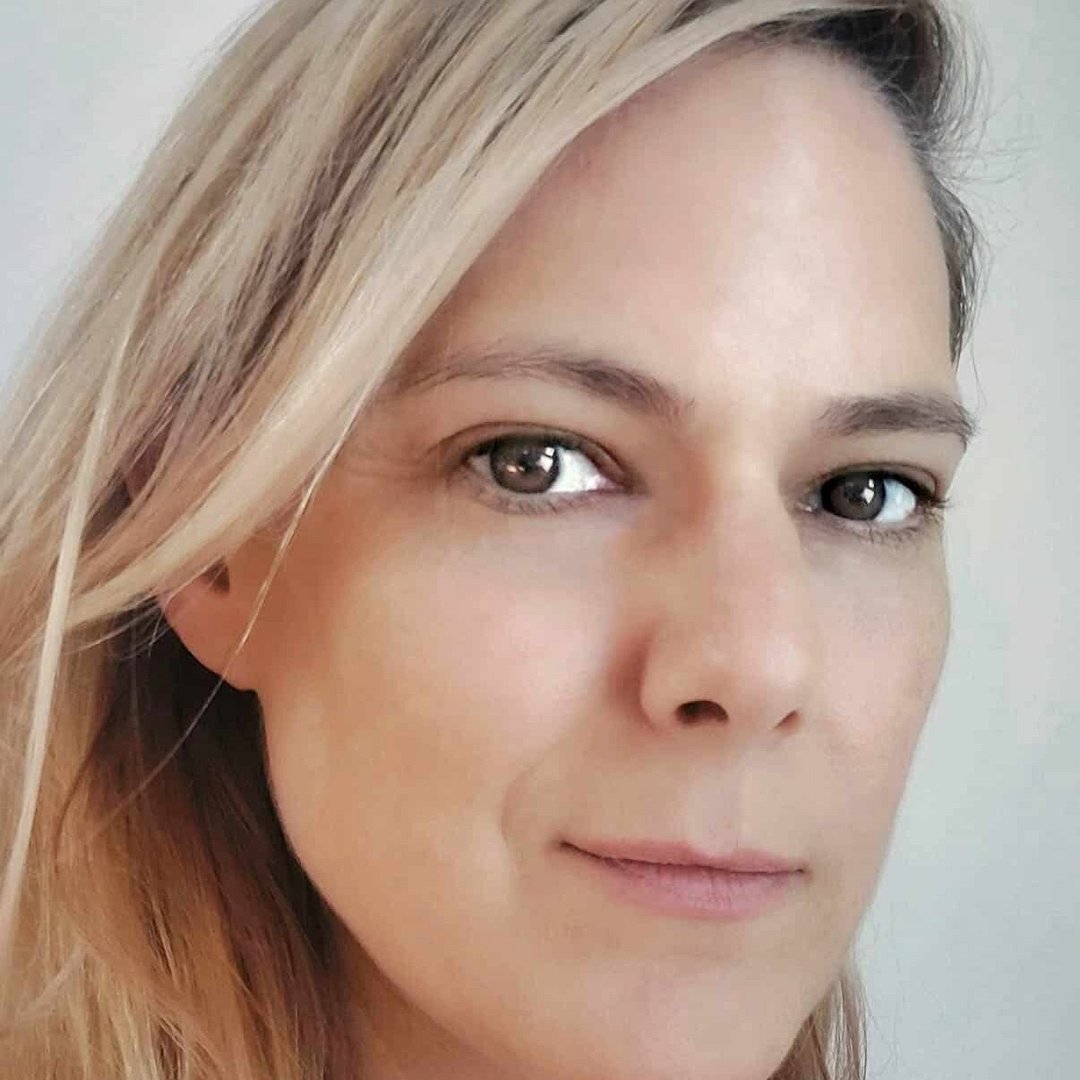

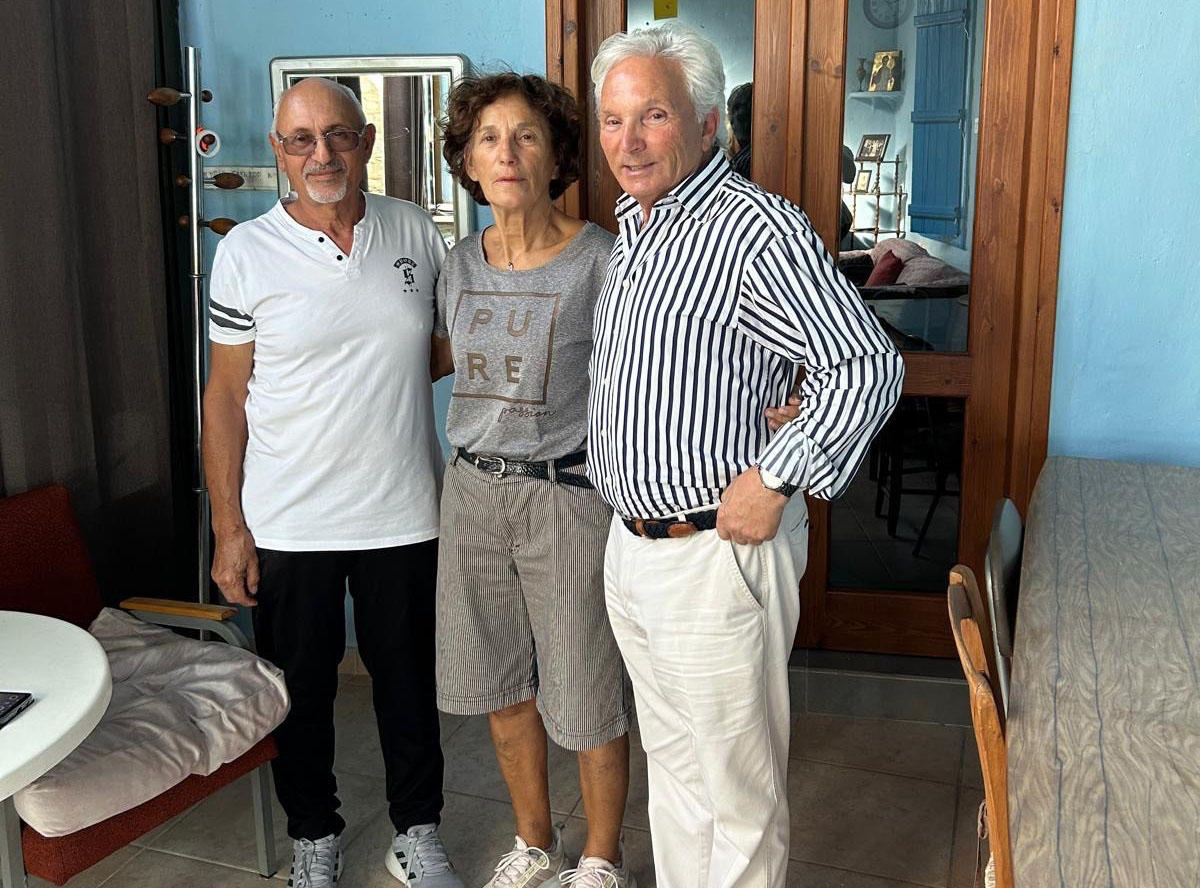
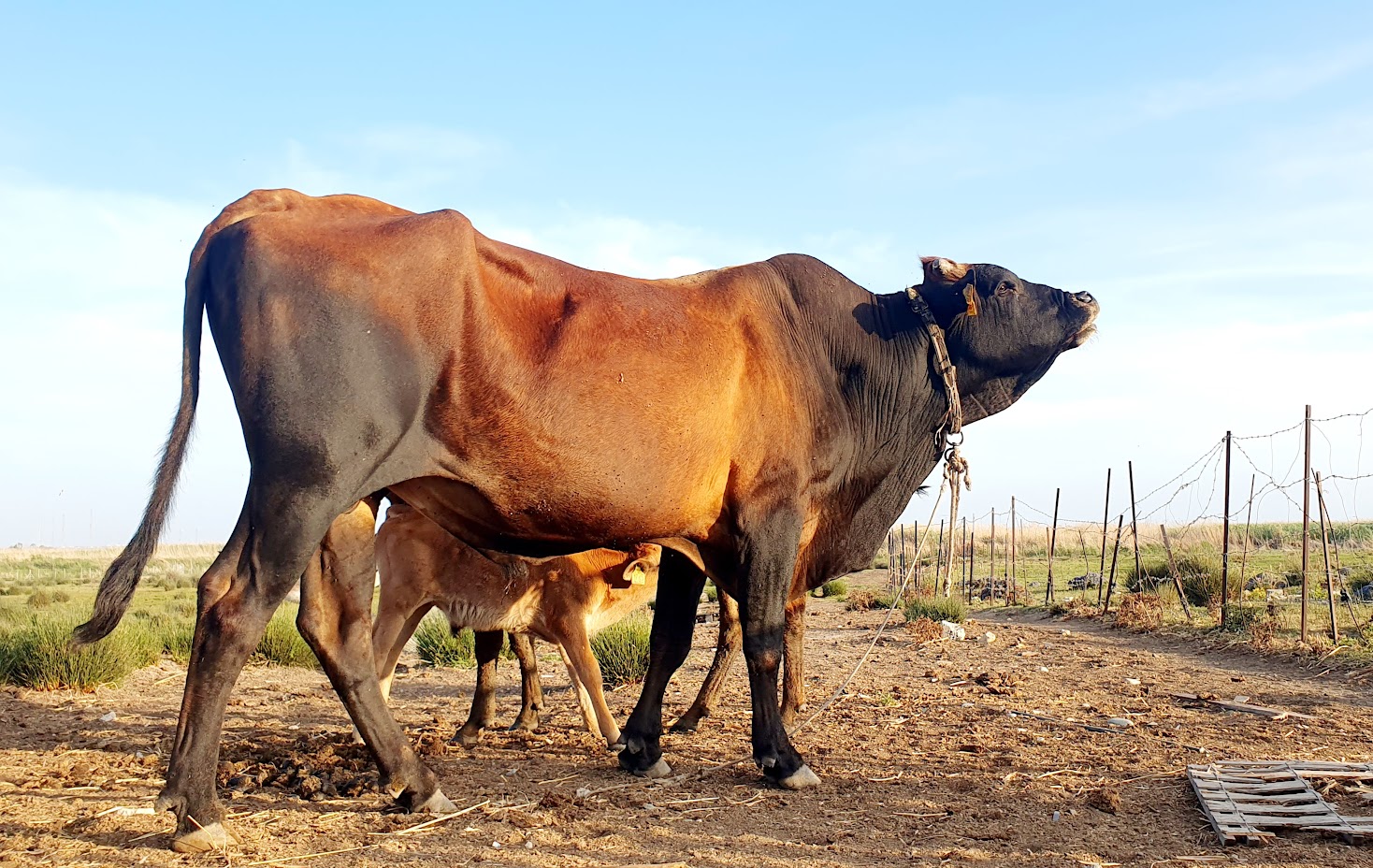

Click here to change your cookie preferences